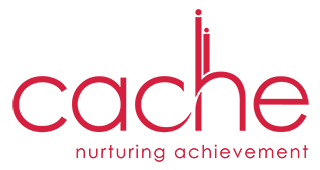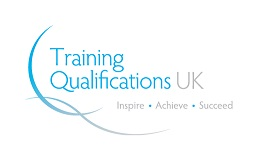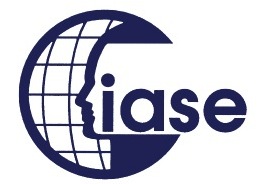IEP Progress Reports: How To Write Them In A Timely And Effective Manner
6th March 2023

If you are a special education teacher, you know that progress reports are an important part of documenting each student’s goals and progress. There are a number of different ways to write IEP progress reports, and the format that you use will likely vary depending on the district or school that you work in.
However, there are some key elements that should be included in every progress report. In this blog, we will share 7 tips for writing IEP progress reports that will be useful for any special education teacher.
In addition, you can also learn more modern and essential special education teaching techniques with our recommended SEN Courses for teachers as well.
Now, let’s get to know everything about the IEP progress report and How to write it effectively?
The IEP Progress Report
The IEP progress report is the document that is used to monitor and track a student’s progress toward their IEP goals. It should document the student’s academic, functional, and social-emotional progress over a set period of time. The progress report should include any progress that the student has made toward their objectives, as well as any areas where the student may need additional support or intervention. It is also important to include any recommendations for how best to meet the student’s needs in the future.
7 tips for writing IEP progress reports:
1. Objectives and Benchmarks
Objectives and benchmarks are measurable goals that a student should strive to reach. It is important to include these in the IEP progress report so that teachers, parents, and administrators can track the student’s progress. The objectives should be specific, achievable, and relevant to the student’s individual needs. When writing the objectives, it is important to remember to use clear, concise language that is easy to understand. The objectives should also be measurable so that it is easy to determine if the student is meeting their goals.
2. Percentage of Goals Met:
In addition to including objectives and benchmarks, it is important to provide a percentage or numerical score for each goal that is met. This allows the reader to easily assess how much progress the student has made since their last progress report.
For example, if the student’s goal was to increase their reading comprehension score from a 3 to a 5, and they achieved a 4, the IEP progress report should indicate that the student is 25% of the way toward their goal.
3. Academic Achievement
In addition to providing a percentage of goals met, it is also important to include a section on academic achievement. This section should document the student’s progress in their current grade level curriculum, as well as any areas where they may be struggling. This section should not only include the student’s academic performance, but also any other factors that may be impacting their learning, such as developmental or behavioral issues.
4. Functional Skills
Functional skills refer to the skills that the student uses in their everyday life. This can include self-care, social, and communication skills. It is important to note any progress that the student has made in their functional skills, as well as any areas that may still require additional support.
5. Behavior
The behavior section of the IEP progress report should outline any behavior changes or issues that the student has encountered. It is important to include any positive changes that the student has made, as well as any negative behaviors that they have exhibited. It is also important to include what strategies have been tried in order to help the student modify their behavior.
6. Social/Emotional Development
The social/emotional development section should document the student’s progress in areas such as self-esteem, empathy, and relationships with peers and adults. It is important to note any positive changes that the student has made as well as any areas that may require additional support or intervention.
7. Recommendations for the Future
In this section of the IEP progress report, it is important to provide any recommendations for how to best meet the student’s needs in the future. This section should include any strategies or interventions that may be needed, as well as any additional supports that the student may need.
Final Thoughts:
Writing IEP progress reports for special education teachers can be a daunting task, but can be made much easier by understanding the key elements that should be included. By understanding what objectives and benchmarks should be included, as well as documenting the student’s academic, functional, and social/emotional progress, it is possible to create an effective IEP progress report that can help to assess the student’s progress and guide them to success.
In case, if you are an aspiring or even an experienced Special Education teacher who wants to learn more modern teaching techniques then we do recommend our SEN Courses for teachers course which definitely help you to achieve your teaching goals.








